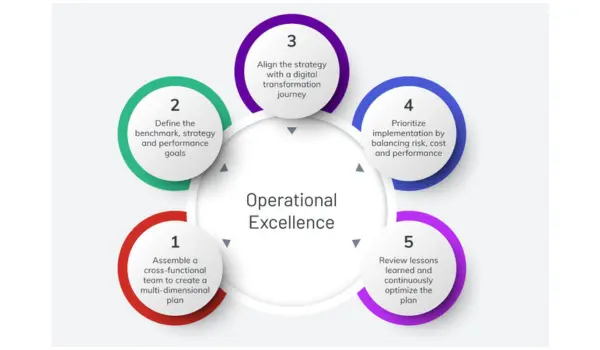Your Sales Team is Flying Blind. These 4 Numbers are Their Instruments.
- Angel Francesca
- Aug 10
- 4 min read
Updated: Sep 8
We’ve all been there. It’s the last two weeks of the quarter, and you’re staring at your sales forecast, trying to will it into existence. You’re running on gut feelings, hopeful check-ins, and a whole lot of caffeine. Your team is working hard, but you feel like you’re flying a plane in thick fog with no instruments.

Sound familiar? This reactive, stressful way of running a sales team is not a requirement of the job. It's a symptom of a problem: you're flying blind because you're not looking at the right dials.
The difference between a predictable revenue engine and a chaotic sales floor comes down to a handful of numbers. These aren't just vanity metrics for a report; they are the core instruments that tell you your speed, your altitude, and whether you have enough fuel to reach your destination.
Based on the core principles we teach in our Sales Operations Excellence (SOE) course, here are the four dials you need to start watching.
First, Measure Your Speed: Pipeline Velocity
It's easy to be fooled by a pipeline that looks full. But a pipeline full of deals that aren't moving is just a list of broken promises. The most important number you can track is Pipeline Velocity, which tells you how quickly, on average, a deal moves from a qualified lead to a closed-won customer. It’s the true speed of your revenue engine. When this number starts to slow down, it’s your earliest warning that there's friction in your system, long before you miss a quarterly target.
I once worked with a team whose velocity had dropped by 20%. They were baffled because they had more leads than ever. But the data showed us that deals were getting stuck for weeks at the proposal stage. The instrument pointed them directly to the problem: their proposal process was too slow and complex. They fixed it, and their speed picked up almost immediately.
Are You Working on the Right Things? Check Your Conversion Rate
Your team can be busy all day, but if they're busy with the wrong leads, they're just spinning their wheels. Your Lead-to-Opportunity Conversion Rate is a brutal but honest measure of quality. It tells you what percentage of the "leads" you're feeding your team are actually turning into real, qualified opportunities.
This number doesn't lie. A classic example is tracking this by lead source. You might see that the leads you get from industry webinars convert to opportunities at a 25% rate. The leads from that expensive list you bought? A measly 2%. This isn't just data; it's a clear instruction from your business on where to invest your time and money.
Know the Price of Victory: Customer Acquisition Cost (CAC)
Growth is great, but profitable growth is what keeps the lights on. Your Customer Acquisition Cost (CAC) is the one number that tells you the truth about your profitability. Simply put, it's the total cost of your sales and marketing efforts for a period, divided by the number of new customers you brought in. It's the price tag on a new customer.
If that price tag is higher than the value a customer brings to your business, you have a serious problem. A company I advised was celebrating record growth, but their CAC was SGD 2,500 and their average customer value in the first year was only SGD 2,000. They were spending more to win customers than they were making from them. This single metric forced a critical conversation between sales and marketing to find a more efficient path to growth.
See the Future Clearly: Forecast Accuracy
This is the ultimate test. How close are your predictions to reality? Forecast Accuracy is more than just a sales metric; it's a measure of how well you truly understand your business. When you can forecast reliably, the whole company can make better decisions about hiring, spending, and strategy.
Don't just look at the team's overall number. A great tip is to track forecast accuracy by rep. You'll quickly see who is consistently over-optimistic and who is more cautious. This isn't for punishment; it's for coaching. You can help your optimists learn to qualify deals more rigorously, and you can help your cautious reps build more confidence in their pipeline.
Stop Flying Blind
You don't have to run your sales team on hope and adrenaline. By focusing on these four core instruments, you can gain the clarity and control needed to guide your team with confidence. Building this data-driven system is a learnable skill.
The Sales Operations Excellence (SOE) course from ClickAcademy Asia is a practical, hands-on programme designed to give you the analytical and execution skills needed to implement these metrics and drive consistent results.
Take Control of Your Sales Operations
You don’t need to run your sales team on gut instinct and caffeine. The Sales Operations Excellence (SOE) course gives you the tools to lead with data, precision, and confidence. Learn how to track the metrics that matter—pipeline velocity, conversion rate, CAC, and forecast accuracy—and turn your sales process into a reliable growth engine.
If you’re ready to take the guesswork out of your sales process and build an engine that runs on insight, this is your next step.
Sign up for the Sales Operations Excellence (SOE) course today and take control of your sales operations.



Comments